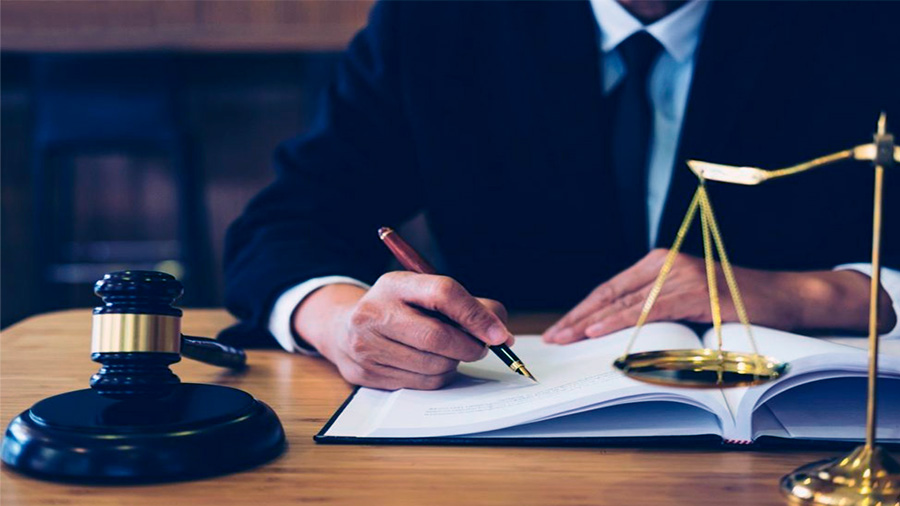Bankruptcy is often viewed as a last resort for individuals and businesses drowning in overwhelming debt. While the word “bankruptcy” may carry negative connotations, it can also serve as a powerful tool for financial recovery. By providing legal protection from creditors and offering structured repayment plans or debt discharge, bankruptcy allows individuals and organizations to rebuild their financial stability. This article explores how bankruptcy works, its benefits, and the steps necessary to use it effectively for long-term financial recovery.
What Is Bankruptcy and How Does It Work?
Bankruptcy is a legal process designed to help individuals and businesses eliminate or restructure their debts when they are unable to meet their financial obligations. Governed by laws that protect both debtors and creditors, bankruptcy offers a fresh start while ensuring fair treatment for all parties involved.
Types of Bankruptcy
The two most common types of bankruptcy for financial recovery are:
- Chapter 7 Bankruptcy: Often referred to as “liquidation bankruptcy,” Chapter 7 allows individuals and businesses to discharge most unsecured debts, such as credit card balances and medical bills. Assets not protected under exemptions may be sold to repay creditors.
- Chapter 13 Bankruptcy: Known as “reorganization bankruptcy,” Chapter 13 is available for individuals with a steady income. It involves a court-approved repayment plan lasting 3-5 years, allowing debtors to catch up on payments while keeping their assets.
Businesses may also file for Chapter 11 bankruptcy, which allows companies to restructure their operations and debts to continue operating while repaying creditors.
The Bankruptcy Process
The bankruptcy process typically involves the following steps:
- Filing a petition with the bankruptcy court, along with detailed financial disclosures.
- An automatic stay goes into effect, preventing creditors from collecting debts or initiating lawsuits.
- A trustee is appointed to oversee the case, manage assets, and approve repayment plans.
- Debtors attend credit counseling and a meeting of creditors, where financial matters are reviewed.
- Debts are either discharged (Chapter 7) or restructured for repayment (Chapter 13 or Chapter 11).
By following this structured process, debtors can gain relief from overwhelming debt and begin rebuilding their finances.

The Benefits of Bankruptcy for Financial Recovery
While bankruptcy may seem daunting, it offers several advantages for individuals and businesses seeking a fresh financial start. Properly utilized, it can be a strategic tool for eliminating debt and regaining control of one’s financial future.
Elimination of Debt
In Chapter 7 bankruptcy, most unsecured debts, such as credit card balances, personal loans, and medical bills, can be discharged. This elimination of debt provides immediate relief, allowing individuals to focus on rebuilding their finances without the burden of insurmountable obligations.
- Example: A debtor with $50,000 in credit card debt can have this amount legally eliminated, providing a clean slate.
For businesses, debt discharge under Chapter 11 can allow operations to continue while reducing liabilities.
Protection Through the Automatic Stay
One of the immediate benefits of filing for bankruptcy is the automatic stay, which halts all collection activities. Creditors are legally prohibited from harassing debtors, foreclosing on homes, repossessing vehicles, or pursuing legal action.
- Impact: The automatic stay provides breathing room, enabling debtors to assess their finances and work on a recovery plan without constant creditor pressure.
This protection is especially beneficial for homeowners at risk of foreclosure or individuals facing wage garnishments.
Structured Debt Repayment
Chapter 13 bankruptcy allows individuals to reorganize their debts into a manageable repayment plan over 3-5 years. This structured plan helps debtors catch up on secured debts, such as mortgage and car payments, while keeping essential assets.
- Example: A homeowner behind on mortgage payments can spread arrears over the repayment term to avoid foreclosure.
For businesses, Chapter 11 offers similar flexibility, enabling companies to negotiate repayment terms and maintain operations.
Opportunity for a Fresh Start
Bankruptcy provides individuals and businesses with the opportunity to reset their financial lives. While it may impact credit scores in the short term, debtors can begin rebuilding their credit through responsible financial practices post-bankruptcy.
- Example: Many individuals can qualify for new loans or credit cards within 1-3 years of completing bankruptcy, provided they demonstrate improved financial habits.
This fresh start enables debtors to regain financial stability without the lingering weight of unmanageable debt.

The Challenges of Bankruptcy
While bankruptcy offers significant benefits, it also comes with challenges that individuals and businesses must carefully consider before filing.
Impact on Credit Scores
Filing for bankruptcy negatively affects credit scores, with Chapter 7 remaining on credit reports for 10 years and Chapter 13 for 7 years. This can make it difficult to obtain loans, rent housing, or secure favorable interest rates in the short term.
- Example: A credit score drop of 100-200 points is common immediately after filing for bankruptcy.
However, with consistent effort, credit scores can recover over time as financial habits improve.
Loss of Assets
Under Chapter 7 bankruptcy, non-exempt assets may be liquidated to repay creditors. While many essentials (e.g., primary homes, vehicles, and personal belongings) are protected, luxury items and excess assets may be sold.
Public Record
Bankruptcy filings are part of the public record, which may carry a stigma for individuals and businesses. Employers, landlords, and creditors can access this information, potentially affecting future opportunities.
Steps to Rebuild Financial Stability After Bankruptcy
Bankruptcy is not the end of financial health—it is the beginning of a recovery process. Here are steps to regain stability and rebuild your financial future:
Create a Realistic Budget
Develop a budget that prioritizes essential expenses and avoids unnecessary spending. Tracking income and expenditures ensures you live within your means and avoid accumulating new debt.
Build an Emergency Fund
Set aside small amounts to create an emergency fund for unexpected expenses. This prevents reliance on credit for emergencies and builds financial resilience.
Rebuild Credit Responsibly
- Use secured credit cards to demonstrate responsible credit usage.
- Pay all bills on time to improve credit history.
- Limit new debt to avoid falling into old financial patterns.
Consistent financial discipline will gradually improve your credit score and make you eligible for better financial products.
Seek Financial Counseling
Work with credit counselors or financial advisors to develop strategies for managing money, saving, and planning for future goals. Professional guidance can help you avoid repeating mistakes that led to bankruptcy.
Conclusion
Bankruptcy can be a powerful tool for financial recovery, providing individuals and businesses with legal protection, debt relief, and a structured pathway to stability. While it comes with challenges, such as credit score impacts and asset liquidation, bankruptcy offers a fresh start for those overwhelmed by debt. By understanding its benefits and committing to responsible financial practices post-bankruptcy, debtors can rebuild their credit, regain control of their finances, and work toward long-term financial health.
